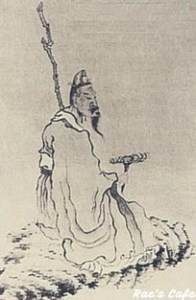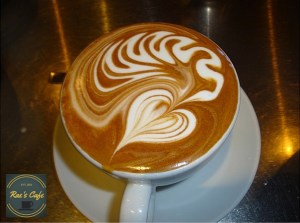We had to complete our list to start off your week, so here are the final six reasons to drink coffee daily!
Not only does coffee taste great and perk you up, it has an endless array of positive effects on your health. Here are six more reasons why a cup a day can truly help you feel better and actually live a healthier life.
- Coffee can make you a better athlete!
A 2011 New York Timesreport confirmed what people had thought for years — coffee can help improve your workout. A cup of coffee before a workout can help to jolt performance, particularly in more endurance sports like running and cycling. This is because the caffeine helps to increase the number of fatty acids in the bloodstream, which allows athletes’ muscles to absorb and burn those fats for fuel, saving the body’s small reserves of carbohydrates for later on in the exercise. Also, the results of a recent Spanish study showed that those who enjoyed a cup of coffee prior to their workout burned more calories than those who didn’t. Trained athletes who took in caffeine prior to exercising burned roughly 15% more calories for three hours post-exercise compared with those who ingested a placebo.
- Coffee could reduce your risk of developing Type 2 diabetes.
According to a study conducted by The American Chemical Society, coffee consumption can help lower a person’s risk of Type 2 diabetes. The study’s researchers found that people who drank four or more cups of coffee each day reduced their chance of developing the disease by a whopping 50%. Plus, the risk continued to decrease by 7% with each subsequent cup of coffee.
- Coffee can help keep your brain healthy.
A study conducted by the University of South Florida and the University of Miami found that people older than 65 who had higher blood levels of caffeine developed Alzheimer’s disease two to four years later than those with lower caffeine levels. According to Dr. Chuanhai Cao, a neuroscientist at the USF, and co-author of the study, “We firmly believe that moderate coffee consumption can appreciably reduce your risk of Alzheimer’s or delay its onset.”
- Coffee may make you smarter. Yes, smarter!
In a 2006 Time magazine report, journalist Michael Lemonick, himself an avid coffee-drinker, found evidence to suggest that caffeine allows your brain to work in a more efficient and smarter way. “It allows you to use what brain power you have in a much more efficient and focused way,” he said. “When you’re sleep-deprived and you take caffeine, pretty much anything you measure will improve: reaction time, vigilance, attention, logical reasoning — most of the complex functions you associate with intelligence.” We’ll drink to that!
- Coffee consumption has been linked to lower levels of suicide.
We have already discussed how the high levels of antioxidants in coffee can help make people feel happier — but to take that one step further, a study conducted by the Harvard School of Public Health found that drinking between two and four cups of coffee can reduce the risk of suicide in men and women by as much as 50 percent! The reason is thought to be because coffee acts as a mild antidepressant by aiding in the production of neurotransmitters like serotonin, dopamine and noradrenaline.
- Coffee could help with Parkinson’s disease.
Many studies have reported that people who consume more caffeine are less likely to develop Parkinson’s disease. But according to aScienceDaily report in 2012, drinking coffee may help people with Parkinson’s disease to control their movement. “Studies have shown that people who use caffeine are less likely to develop Parkinson’s disease, but this is one of the first studies in humans to show that caffeine can help with movement symptoms for people who already have the disease,” said Ronald Postuma, MD, the study author.

source/s:
www.huffingtonpost.com/2013/10/17/coffee-health-benefits_n_4102133.html
www.rachelorsie.blog.organogold.com






















